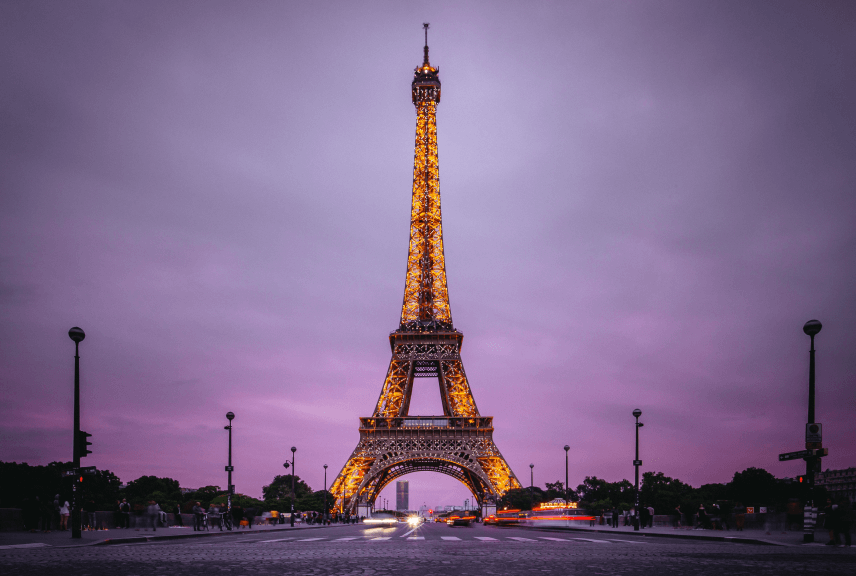Frequently Asked Question
The best time to visit Peru depends on the region. The dry season (May to September) is ideal for visiting the Andes and Machu Picchu, while the rainy season (November to March) offers lush landscapes and fewer crowds.
Citizens from most countries, including the U.S., Canada, the U.K., Australia, and the European Union, can visit Peru for up to 90 days without a visa. Check with your local embassy for specific requirements.
Yes, Peru is generally safe for tourists. However, exercise caution in crowded areas to avoid pickpocketing and follow local advice when exploring remote regions.
The official currency is the Peruvian Sol (PEN), but U.S. dollars are widely accepted in major tourist areas. It’s a good idea to carry some local currency for smaller transactions.
Vaccinations are not mandatory, but it’s recommended to have vaccines for Hepatitis A, Typhoid, and Yellow Fever if you plan to visit jungle regions. Consult your doctor for advice.
Altitude sickness occurs due to a lack of oxygen at high elevations. Stay hydrated, avoid heavy meals, and take it easy for the first day in high-altitude locations like Cusco. Medication like acetazolamide can also help.
You can reach Machu Picchu by train from Cusco or Ollantaytambo to Aguas Calientes, followed by a bus ride. Alternatively, you can hike the Inca Trail or the Short Inca Trail for a more adventurous experience.
Yes, it’s highly recommended to book tickets in advance, especially during the high season (June to August), as daily entry is limited.
While Spanish is the official language, English is spoken in major tourist areas and by tour guides. Learning basic Spanish phrases can enhance your experience.
Pack layers, as Peru has varied climates. Essentials include comfortable walking shoes, a rain jacket, sunscreen, insect repellent, and a hat.
Top destinations include Machu Picchu, Cusco, the Sacred Valley, Lake Titicaca, the Amazon Rainforest, the Nazca Lines, Arequipa, and the Colca Canyon.
You can travel by domestic flights, buses, or trains. For short distances, taxis or private transfers are convenient. In cities, ride-sharing apps are also available.
It’s not recommended to drink tap water in Peru. Stick to bottled or filtered water, which is widely available.
Peruvian cuisine is diverse and delicious. Don’t miss dishes like ceviche, lomo saltado, causa, and the famous Peruvian cocktail, Pisco Sour.
Credit cards are accepted in most hotels, restaurants, and shops in major cities. However, carry cash for smaller establishments and markets.
Tipping is customary in Peru but not obligatory. In restaurants, a 10% tip is appreciated. Tour guides and drivers often expect tips for their services.
Peru operates on Peru Time (PET), which is 5 hours behind GMT (GMT-5). There is no daylight saving time.
Street food can be delicious, but choose vendors with good hygiene practices. Avoid raw or undercooked food to reduce the risk of stomach issues.
Travel insurance is not mandatory but highly recommended. It covers unexpected events like medical emergencies, trip cancellations, or lost belongings.
A trip of 10–14 days allows you to explore the highlights of Peru, including Machu Picchu, Cusco, the Sacred Valley, and Lake Titicaca. For a more in-depth experience, consider 2–3 weeks.






